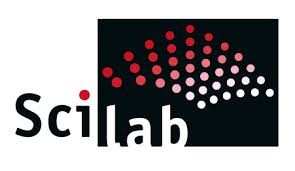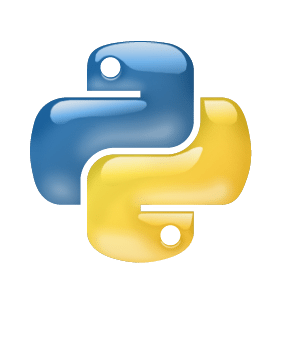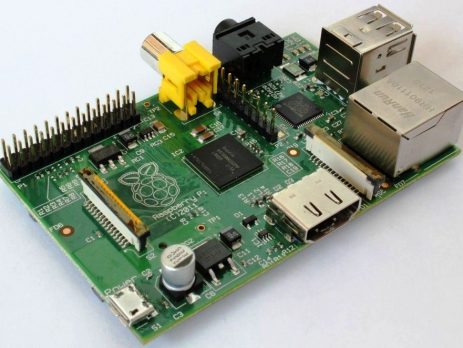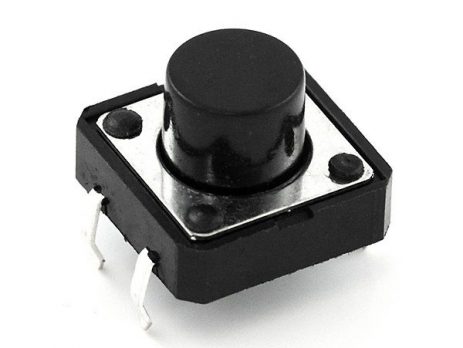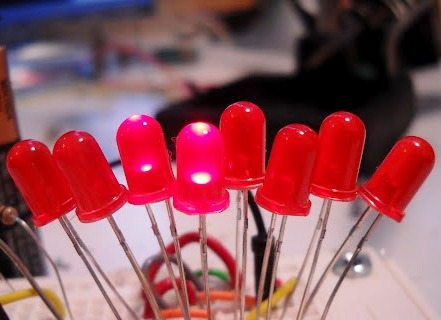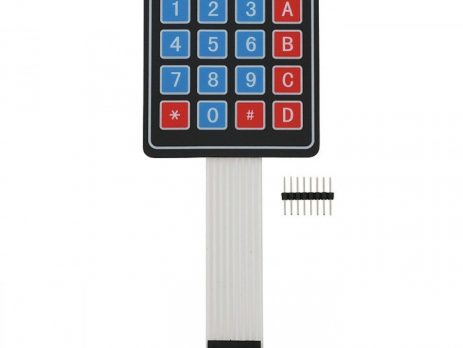Electronics tutorials including microcontroller, microprocessor, programing and circuits. Intended for beginners, electronics hobbyists, college students, professionals and educational purposes.
Getting Started with Scilab – Beginners Tutorial
SCILAB provides a powerful computation environment along with a rich collection of numerical algorithms for both the engineering and scientific community.


